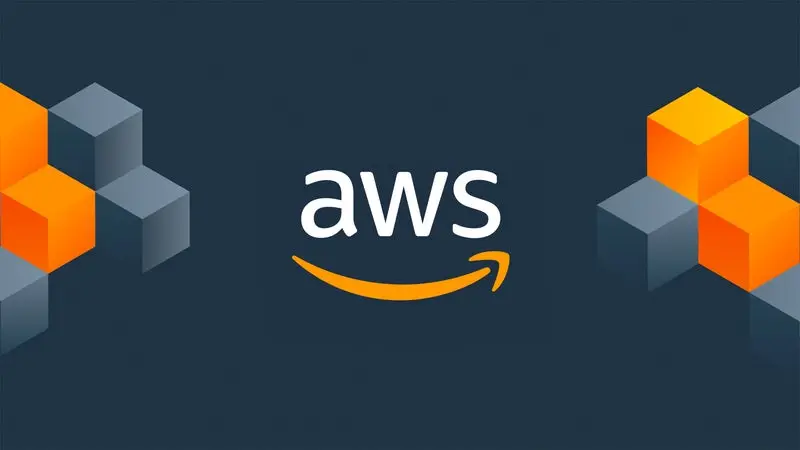AWS Infrastructure
 Harshit Tathagat
Harshit Tathagat
This blog comes in continuation with the previous blog on Cloud Fundamentals. It is recommended to read it before diving into this one.
What is the AWS?
It is a cloud service provided, owned, and managed by Amazon.
As we know, earlier, every corporation needed to maintain its own data centers, but now the big tech giants have taken the charge of doing so.
A cloud is nothing new but yet another data center but from the user's perspective it is a whole different thing.
The companies no longer need to maintain the data center but rather they outsource this responsibility to the cloud providers and focus on their core business.
Yet make no mistake of thinking that your job is now just restricted to storing, retrieving, and modifying the data in the cloud. There is a shared responsibility model which is followed by the user and Amazon which I will discuss later.
AWS Infrastructure
AWS makes sure that your data remains secure and accessible to you at all times.
To achieve this it uses the concept called redundancy.
Redundancy is a system design in which a component is duplicated so if it fails there will be a backup.
We know that the user data is stored in the cloud or data center.
To see this in action let's take an example,
Suppose there is a natural calamity or a war. Things like these can destroy these data centers. So to cope with these situations AWS stores a copy of the user data in a separate data center.

The second data center is connected to the first data center through redundant high-speed and low-latency links. That way, if the first data center goes down, the second data center is still up and running.
The data centers are clustered up to create what is known as an Availability Zone (AZ).

Like the data centers the availability zones are also clustered up to create a Region.


How to choose the right region for me?
The regions are named after their nearby locations.
There are four aspects that come into play when deciding which region to choose:
Latency -> how far is the cloud data center from the user
Compliance -> the company, country, or region restricts the user to access and handle the data in a certain fashion.
Availability -> does the cloud have available services for the user
Price -> how much does the cloud cost
It is suggested to first go check the compliance rules before moving forward looking for the closest data center for the least latency.
Official links:
All images are copyright of Amazon Inc.
Subscribe to my newsletter
Read articles from Harshit Tathagat directly inside your inbox. Subscribe to the newsletter, and don't miss out.
Written by
